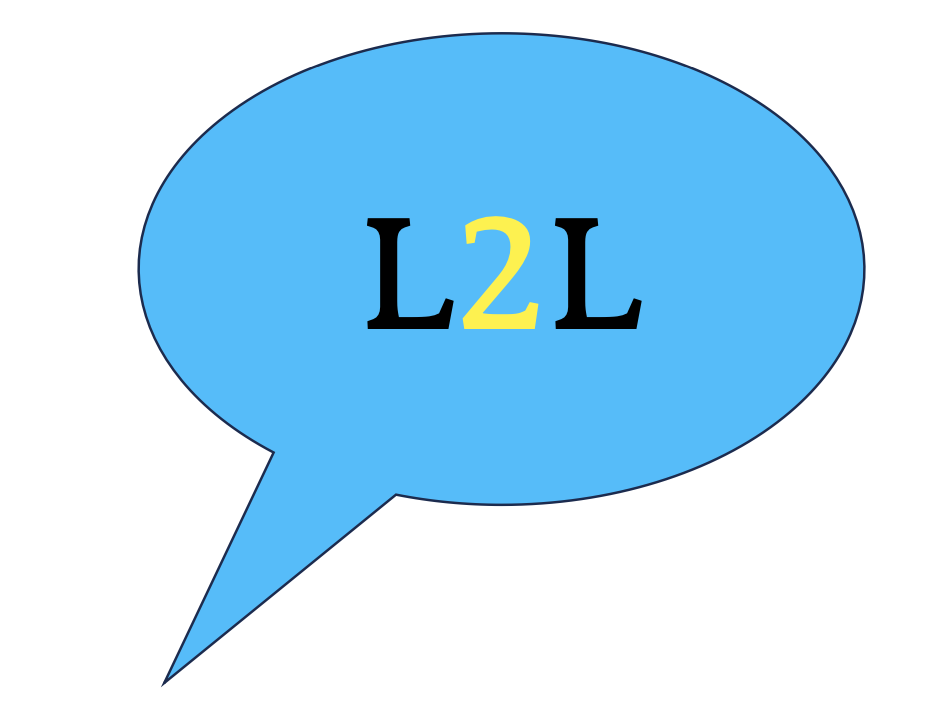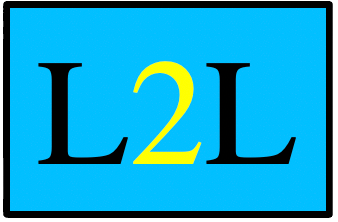Tech, tools and developing healthy places
- Clare Delmar
- Jun 20
- 6 min read

At a time of change and uncertainty in housing, planning and health policy, robust data gives us the anchor we need to understand what is happening and to communicate and negotiate our preferences with stakeholders. Whether you’re a local resident seeking to understand how a proposed development will impact you, a patient seeking clarity on healthcare provision, or local authority seeking to measure and redress health inequalities, independent data and the tools to analyse it will help you achieve your objective.
These are, however, not easy to find. I’ve been on the lookout for people and organisations addressing this, and I wrote earlier this year about one a small London-based startup that is generating data and tools that can powerfully inform the way we design and develop homes and places to support good health.
And I’ve recently found another - Healthy Cities, based in Barcelona, which has created a Healthy Cities Generator, a digital tool designed to capture local data and report on a range of metrics relating to health and wellbeing.
Healthy Cities describes itself as an “urban health solutions provider”, stating
“we understand urban planning and health as two closely related concepts: health as a planning tool, and the city as a tool for health. That’s why we combine theory with practice, placing the health and well-being of individuals at the centre of urban policies and projects.”
This mutually reinforcing approach, where health data informs placemaking, and place-based data informs health delivery, is embodied in the Healthy Cities Generator. This is a digital tool that is freely available via their website, and designed to make it easy for urban planners, health professionals and policy makers to incorporate health factors into urban planning and urban factors into health policy.
I met up with one of the Healthy Cities Generator Developers, Ruth Gow McLenachan, and had a play with the tool. I came away with 3 observations:
· It asks questions in an unbiased, understandable and relatable way –I felt no anxiety about answering these questions or the need to consider many possible answers. Most users would be familiar with the prompts, allowing quick and straightforward responses.
· The process makes users think about their personal experience in a place in a constructive way – possibly in ways they hadn’t before. I can see this as quite motivating and potentially leaving some users wanting to explore more
· The qualitative data it generates is very useful in informing anyone involved in place development of the links between place and health. I can imagine it would be of great use in establishing a common language across disciplines and organisations. It also is generated locally, supporting a sense of investment and ownership.
The bigger questions for me were about who is using it and how has it impacted their experience in shaping both process and outcomes. So I raised these with Ruth, and what follows is a summary of our conversation.
How many cities are using the Healthy Cities Generator?
The tool has reached up to 90+ global users (from cities, academia & private sector). It has been used in 28 real-life cases by 21 cities across 12 countries to assess and improve urban interventions at many scales (e.g., strategic masterplans, plans for new development areas, neighbourhood regeneration plans, small-scale interventions).
What are the intended outcomes from its application - eg changes in process, improvements in health metrics?
There are multiple intended outcomes:
- Increased awareness and knowledge of the links between the urban built environment and physical, mental and environmental health. The tool translates scientific evidence into practical criteria for assessing the health impact of urban actions, and identifying key urban priorities for addressing prevailing health issues. Its easy to follow process ensures this knowledge accessible and actionable for practitioners.
- Improved multidisciplinary and multi-stakeholder processes, centering the transformation of urban environments around health. We’ve used it jointly with urban planning and health agencies/departments, enabling them to come together around a shared vision for health and recognising the value of integrated approaches, including contributions from urban practitioners, transport planners, landscape architects, public health professionals. Similarly, we’ve used it to engage civil society stakeholders, such as residents or users of urban areas undergoing transformation, to collaboratively assess their area and identify its influence on health habits.
- Improvements in health impact metrics for urban interventions, identifying improvement and performance across 30 health indicators, as well as gains in life expectancy, premature deaths and DALYs avoided. Estimated improvements in economic metric relating to potential savings linked to health improvements, including direct (reduced healthcare costs) and indirect costs (improved productivity, etc).
Is it designed to be used throughout the development process, including post-completion?
It’s designed to be used (and has been used) in multiple stages throughout the development process: as a diagnosis tool to assess baseline situations and establish goals in early stages, to inform the design process by integrating health considerations, and to review ongoing plans or interventions, based on the expected and desired health impact.
How do you see it working amongst
Public sector planners: assess and improve urban plans at city or neighbourhood scale, helping planners understand the urban determinants they need to address. Bring together different departments around the topic of health, foster cross-departamental efforts.
Developers: justify and ensure their developments are contributing to the creation of healthier and more active communities, either by their own initiative or as a requirement from the public sector.
Community groups – residents: when promoted from within community groups, as a self-evaluation tool of their neighborhood, useful for building a case for improvement centered around specific health needs and advocating for changes. When promoted by public sector, as a tool to engage citizens with workshops to co-develop their ideal healthy city and assess residents needs and desires.
Health providers: encouraging broad engagement with stakeholders beyond the healthcare sector, such as planners, and understand how non-medical interventions can support their health goals.
Are you seeking case studies or pilots amongst any of the above groups?
Yes, we’re actively seeking opportunities to test the tool across a variety of geographical contexts, as well as target groups, as a means to continuously adapt the tool and improve its applicability.
We are currently very interested in testing it together with developers, as we have limited experience with this sector, especially in countries like UK, where developers have major implications in urban development.
Does the tool get smarter with use?
As mentioned above, each use case allows us to gain further insights into how the tool is providing value in different setting or for different actors, and how it could provide additional value, by helping to overcome existing barriers, etc. But this is a “manual” process for now - we’re exploring what potential emerging technologies such as digital twins or AI could have in this sense, but are currently in early stages.
Does it allow comparison of scenarios? Eg 3 scenarios of development and impact on health
Yes, the current tool allows this, and provides detailed results for each scenario as well as a comparison highlighting strengths and weaknesses of each scenario regarding health improvements. For example, working together with Wirral Council and HLP architects, the tool was used to assess 3 different options of the masterplan, ensuring health was a key factor in decision-making and advancing the design, together with other variables such as economic viability.
Does the tool’s output feed easily into a health impact assessment?
The tool can be used in the scoping, assessment and recommendations stages of a health impact assessment for projects or policies focused around changes to the urban and built environment. As next steps in the tool's development we’re considering expanding its scope to allow for the assessment of more social/behaviour-based interventions or programs, in addition to physical infrastructure changes.
Thanks to Ruth Gow McLenachan and Healthy Cites for their time and input. Please get in touch if you’d like to consider the Healthy Cities Generator for your project.
Clare Delmar
Listen to Locals
20 June 2025




